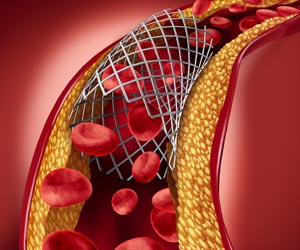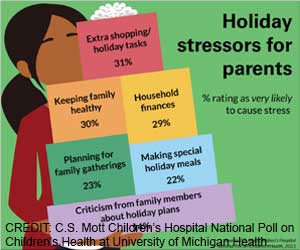Existing assessments use factors like tumor or cancer type to detect those at high risk of VTE. Yet, many patients without these diagnoses still develop life-threatening blood clots but go unidentified.
VTE includes deep-vein thrombosis (DVT), a blood clot that typically forms in the deep veins of the leg, and pulmonary embolism (PE), a life-threatening condition that occurs when a blood clot breaks free and becomes lodged in the arteries of the lung.
Cancer and cancer therapies also increase one’s chances of developing blood clots, and while people with severe forms of cancer are more likely to develop VTE, less research exists on the risk among patients with cancers less associated with thrombosis.
In the new study, researchers investigated the role of non-O blood types in participants’ likelihood of developing VTE. They collected data from 1,708 adult participants with a new or recurrent cancer diagnosis from the Vienna Cancer and Thrombosis Study (CATS) data set.
Researchers grouped participants first by blood type, then sorted them based on their tumor classification. Patients with pancreatic, gastroesophageal, and brain cancer tumors were considered to have high-risk diagnoses.
While tumor type can be useful in identifying people more likely to develop VTE, many people with less severe tumors still experience dangerous blood clots and therefore may require additional monitoring and treatment.
“We’ve known tumor type helps determine the baseline risk for VTE. But we continue to see that these risk assessments fail to capture all cancer patients who develop these blood clots,” explained study author Cornelia Englisch, an MD-PhD student at the Medical University of Vienna.
Their results indicated that patients with non-O blood types were more likely to develop VTE three months after their diagnosis or reoccurrence of cancer.
This association did not appear at the time of diagnosis because cancer therapies increase patients’ likelihood of developing blood clots, making blood type a less significant predictor of VTE during the early stages of treatment.
Those with tumors outside of the high-risk disease category with non-O blood type were more likely to develop blood clots independent of time, showing that exclusively depending on a tumor type to detect VTE risk may cause many patients to fall through the cracks.
While these findings are exploratory and still require additional study. Going forward, researchers also aim to better understand the biological mechanisms underlying these findings. They hope that blood typing can serve as a useful tool in risk assessments for cancer-associated VTE in the future.
Source: Medindia



